“I always ask, why are people so homophobic?” Dr. Dorjjantsan Ganbaatar, who goes by Jack, muses. The question hangs, just momentarily, for a split second in the air. He and I had been discussing the lives of LGBT people in Mongolia for close to an hour before we arrive at this question – a question that cuts to the core of discrimination across space and time – why do people hate? Why do people fear?
I’m not uncomfortable with the question, but the nakedness of it is jarring, as many “why” questions generally tend to be. Why, in a country of 3.5 million people, do we have the space to discriminate and actively push violence on those who seem to sidestep the imagined identity of a Mongolian man or woman? It’s an emotional question and if I, a cisgendered woman feel a lump in my throat at the prospect of it, you can imagine how it affects Jack. As an openly gay (as open as is possible) man in Mongolia and as a Health Programme Manager at the LGBT Centre, he contends with this question daily. As such, he has dedicated a lot of time towards articulating an answer – “It’s because they don’t know LGBT or any LGBT people,” he says, his voice rising, “that is why they are really scared of it, and hate them. If they knew someone from their work or from their family was gay or lesbian, it would be so much easier.”
These days, in some ways, it is getting easier. Since the LGBT movement started in full force in 2009, the community has made incredible progress in spreading knowledge, awareness and gaining acceptance. Proof of this can be seen through the Pride Walks. In 2013, the annual Equality & Pride Day was held without a Walk because organizers were nervous about violent attacks on the walkers. The first public parade within the Equality & Pride Days’ framework took place in September 2014. Fast forward to 2018, and not only was there a Pride Walk, but over 200 people participated.
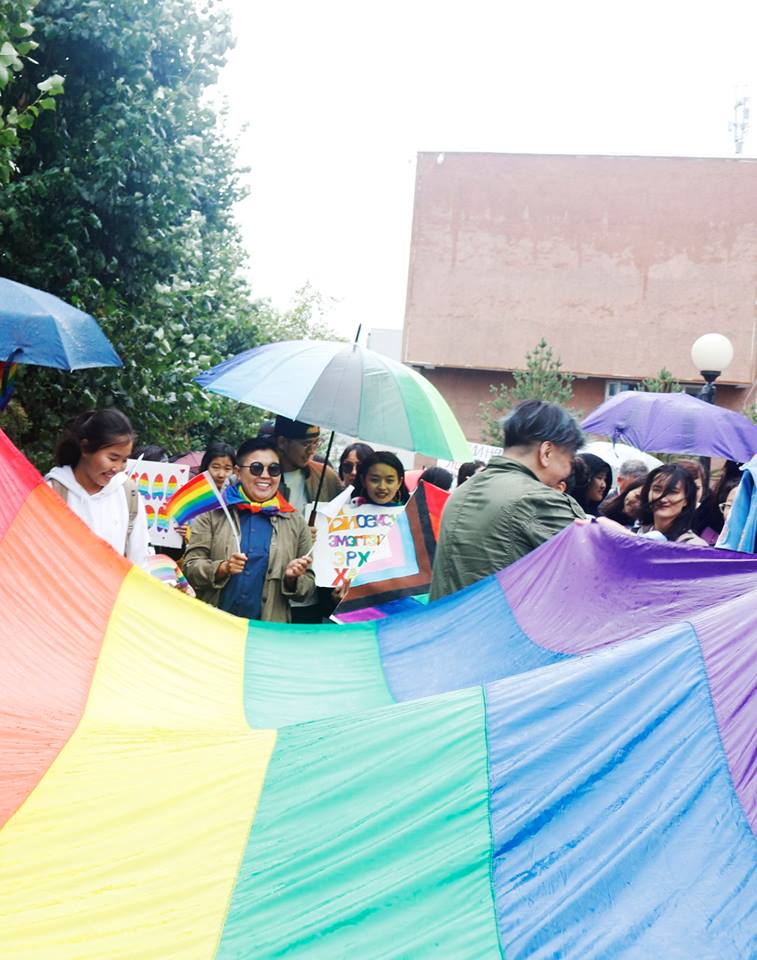
This is all part of a significant generational and perspective shift that is underway within Mongolia, largely driven by those born in the 2000s. “Young people, teenagers, young adults, they’re so different,” Jack says with no small amount of awe, “they’re so vocal.” Jack points to an example: before, people that reached out to the LGBT Centre for information and guidance did so under a shield of secrecy. They would ask the Centre to not post their photos online or tag them online, worried that they would be found out. However, now, a community of young Mongolians are proudly taking selfies and posting them on their own online, proud and eager to be connected with the Centre.
The LGBT Centre is doing all it can to seize upon and push forward this change. Through public awareness events, social media, and concerted efforts to utilize international mechanisms, the LGBT Centre has been able to create positive visibility within Mongolian society. And it’s not just posts and talks.
The LGBT Centre has three main programs: health, legal and youth:
The Health program is focused on “expanding health-care services and infrastructures to provide culturally and technically competent and needs-based services to LGBT people through policy and practice-oriented advocacy and institutionally and mainstreamed application of non-discrimination.”
The Legal program works to “expand legal definitions and systems to include SOGIE [Sexual Orientation and Gender Identity or Expression] as protected grounds through legislative policy advocacy and legal action through public interest litigations and to enable institutional and mainstreamed application of non-discrimination in all spheres of public and private life in Mongolia.”
The Youth program is at the heart of the Centre and has a twofold mission, “to empower LGBT youth and allies to contribute to the improvement of LGBT rights situation in Mongolia and to improve the education environment, including content, of LGBT children.” It is aimed at public awareness, volunteer engagement, and education. They help train various groups on how to best deal with LGBT issues. For example, they helped train the social workers students at the National University of Mongolia, the Mongolia University of Natural Science and the National University of Technology and Science. They hope to expand this to other majors as well. They had great success earlier this year, when the Ministry of Education decided to reinstate a lesson on sexual orientation back into the curriculum, after having been removed five to six years ago.
The LGBT Centre has also been able to achieve tangible and lasting legal protections for the LGBT community. The most recent success is the passage of the 2017 Criminal Code. The Code specifies that discrimination based on sexual orientation and/or gender identity is a crime, and can be prosecuted. This Act, I quickly learn, is a hugely significant because Jack begins to talk more rapidly, with more animation and excitement – “This makes Mongolia one of the first Asian countries to have this type of criminal code,” he says, “putting us above China, South Korea, Japan and more.”

Jack is right. Mongolia, perhaps to many readers’ surprise, is more advanced and more progressive on LGBT rights than its regional neighbors. Within East Asia, Mongolia is the leader in LGBT progress. The Criminal Code Act is a major component of this, but there are also other factors. For example, transgender people are able to change the gender marker on their national identification without a ton of hassle. They are even allowed to do so before they finish the entire gender changing process. For a marker of how progressive this in itself is, consider that in the United States, changing your gender marker is a bureaucratic nightmare. A mere 11 percent of all trans people have their preferred name and gender on their ID and official records, and there are four states that simply won’t do it.
Clearly, Mongolia’s punching above its weight for LGBT progress, and this is inseparable from the work that the LGBT Centre does. It is also a recognition of the mindset and acceptance of the younger generations (let’s say those born in the post 90s on). So, everything’s smooth sailing and this article can end, right? Not quite.
As with anything, there are major obstacles. Crucially, while Mongolia leads regionally in legal protections, they trail behind in the availability of health resources.
For trans people, transition-related healthcare does not exist. There is no health insurance to cover it and very little knowledge about it exists among medical professionals. This leads many trans women and men to self medicate.
The Mongolian mental health system is extraordinarily underdeveloped. There are few and undertrained mental health professionals and social workers. Those within the LGBT community are most at risk of mental health issues due to the stress of family pressure and discrimination from society at large. Mongolia has the second highest suicide rate for the Western Pacific, and the LGBT Centre’s research found that over 73% of the LGBTI persons they surveyed have considered suicide “due to society’s intolerance and failure to understand them”.
Moreover, despite the legislative progress that the LGBT Centre has gained – outlawing discrimination on the basis of sexual orientation and gender identity (SOGI) – the new Criminal Code is still not well implemented. The police continue to disregard complaints of hate crimes on the basis of SOGI. Further, with the abolition of the special unit of the National Prosecutor’s Office in 2014 that investigated and corrected unethical or illegal actions by the police and prosecutors, hate crimes against LGBTI people are going unpunished.
Furthermore, there is a large generational perspective gap when it comes to the LGBT community. While the younger generation is more open and accepting, the older generation is still fearful and intolerant.
There exists a clear divide, both in the mindset and general life philosophy, of those who grew up under Soviet influence (born before or during the early 1970s) and those who didn’t. Those who did grew up during this era was taught a strict binary idea of masculinity and femininity, and of the family unit (a father, a mother, and as many kids as possible – that’s that progenerative policy for you). And in general, it’s human nature to be resistant to something unfamiliar. On the other hand, the younger generation is Gen Z, the most connected and international generation that has ever existed. They are best suited to take advantages of the internet and globalism, and advocate modern liberal ideals.
This situation is creating a social clash of ideals – a battle over the future of what Mongolian society will look like. The younger generation, confident in themselves and their ideals, are more open to expressing their identities, and that includes sexual orientation. Whether or not the other side accepts, is a different story.
“Over the past year, we’ve seen children and teens facing domestic abuse. When they come out, they might get kicked out or beaten or locked up,” Jack explains. “Every month, someone leaves home or gets kicked out or gets beaten or is threatened by their parents – death threats even. These types of situations are becoming more and more common…some [young adults] have left school because their parents refuse to pay their school fee. This leads to poverty in the LGBT community, as they may have mental health issues or fall victim to alcoholism, etc.”
Alcoholism is an old, yet still deadly, issue in Mongolia, claiming some 21% of men. Suicide, on the other hand, is a relatively new one, but one that speaks to the growing stress of living in Mongolia, and not having access to a mental and emotional outlet. Teens, who are undergoing physical and emotional change and beginning to first uncover their sexual identities, are most at risk. In 2015, 24.5 percent of mortality among adolescents between the ages of 15 and 19 was attributed to suicide.
It’s not just the youth either. After all, you can be gay at any age. Those who are older either live freely abroad, lead two existences – a straight one and a gay one, or remain in the closet their whole lives, eventually getting married and having kids. There’s still very few people who decide to come out and lead a openly gay life. Jack, who lives with his partner and has been out and proud for years, has yet to come out to his mother. “My dad and my siblings know, but I haven’t been able to come out to my mom. She knows I’m working at the LGBT Centre and that I’m living with my boyfriend of 4 years…maybe she knows but is just waiting for me to tell her,” he says.
Jack is one of the lucky ones. He can be out to his family, his coworkers and boss, and not face any negative repercussions, like being shunned or fired. A Labor Law forbidding discrimination within the workplace on the basis of gender identity or sexual orientation has yet to be passed, but the LGBT Centre is working on it.
And that is the lesson here, if any can be pulled out. In the middle of Northern Asia, in a landlocked country that has swayed between khans and empires, roiled first by socialism then by capitalism, change is possible, but you need to work – incredibly hard – for it.
The LGBT Centre and the community has come a long way over the last 10 years. They’ve been at the center of a major perspective shift in Mongolian society, and they continue to make steady progress for lasting impact. But, everyone can agree, there’s still miles to go.
Despite this, Jack remains optimistic. “I’m very positive. Our movement is only 10 years old – what can we do in another 10 years? We’ve already started talking about a comprehensive anti-discrimination law. This puts us way ahead of other Asian countries. There is even a chance that Mongolia can be one of the first countries to legalize same sex marriage in the next two decades. The government has reached the level of admitting that discrimination against LGBT people is a problem, and they have to do something – this means we can improve the situation easier and faster in the future. We are on the right side and we are on the right path.”
And his advice for those who are struggling with feeling accepted or wondering about their sexuality in Mongolia? “You are not alone. You are not freaks. There is always someone who can help you, seek help. Read. Read information. Read about yourself. Realize and accept yourself. If you feel alone and isolated, there are thousands of others like you in Mongolia. The LGBT Centre is working for ourselves and for you – reach out.”
The LGBT Centre is located on Room 201, Small Ring Road-49/1, Ulaanbaatar 14200.
Their website is lgtbcentre.mn.
They’re on Facebook as well as Twitter (@LGBTMongolia). If you need anyone to talk to, you can call the 24-hour crisis hotline anonymously at +976 9515 9270.
Take care of yourselves, and if you can’t, like Jack said – reach out.
All photos courtesy of The LGBT Centre (Mongolia).
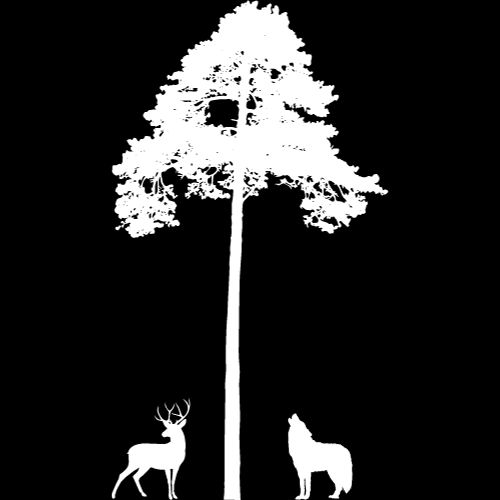
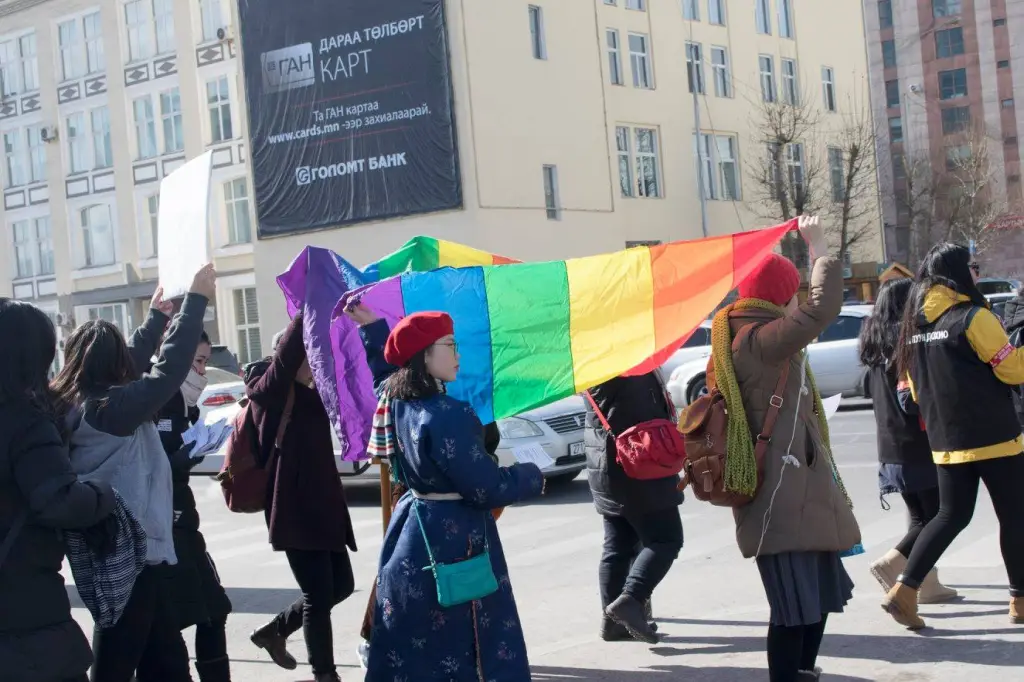
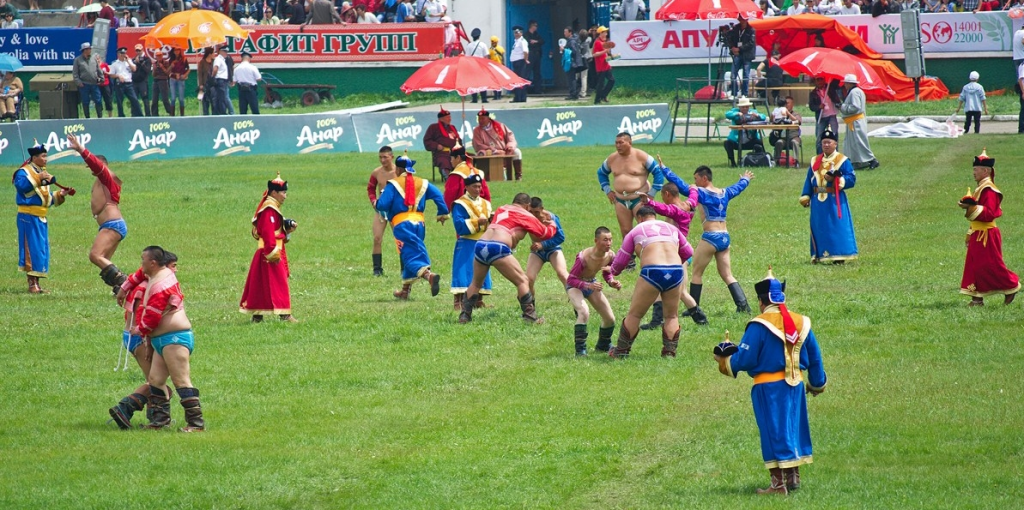
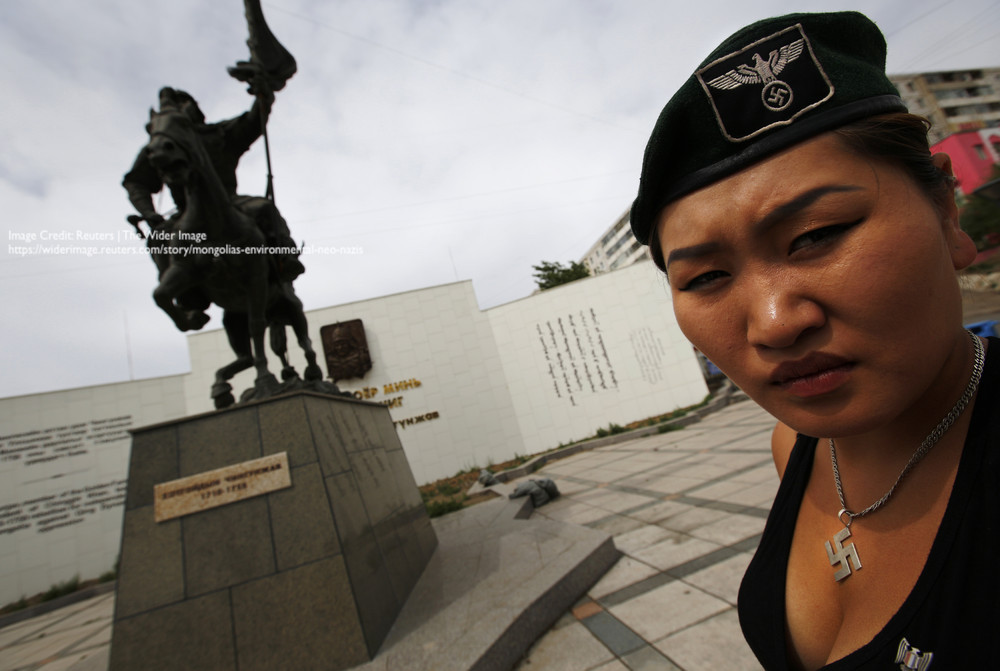

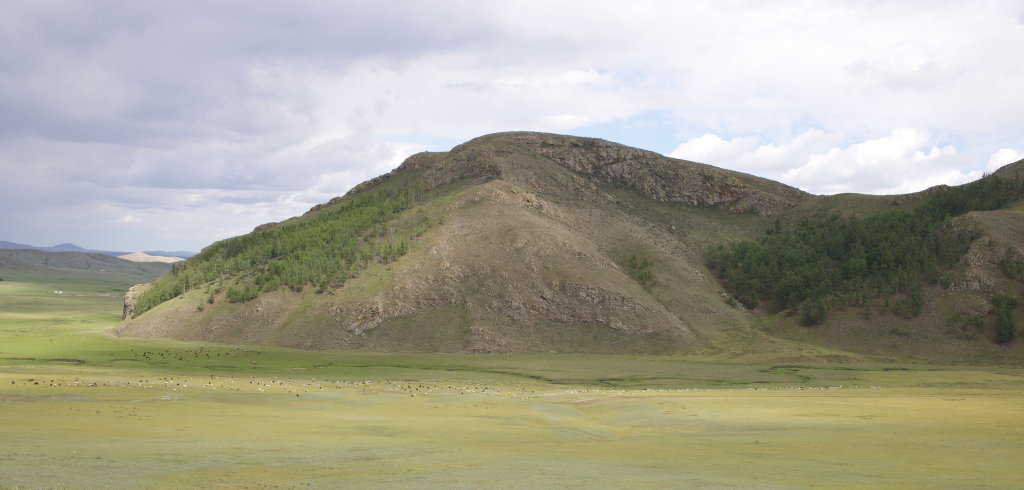
Leave a comment